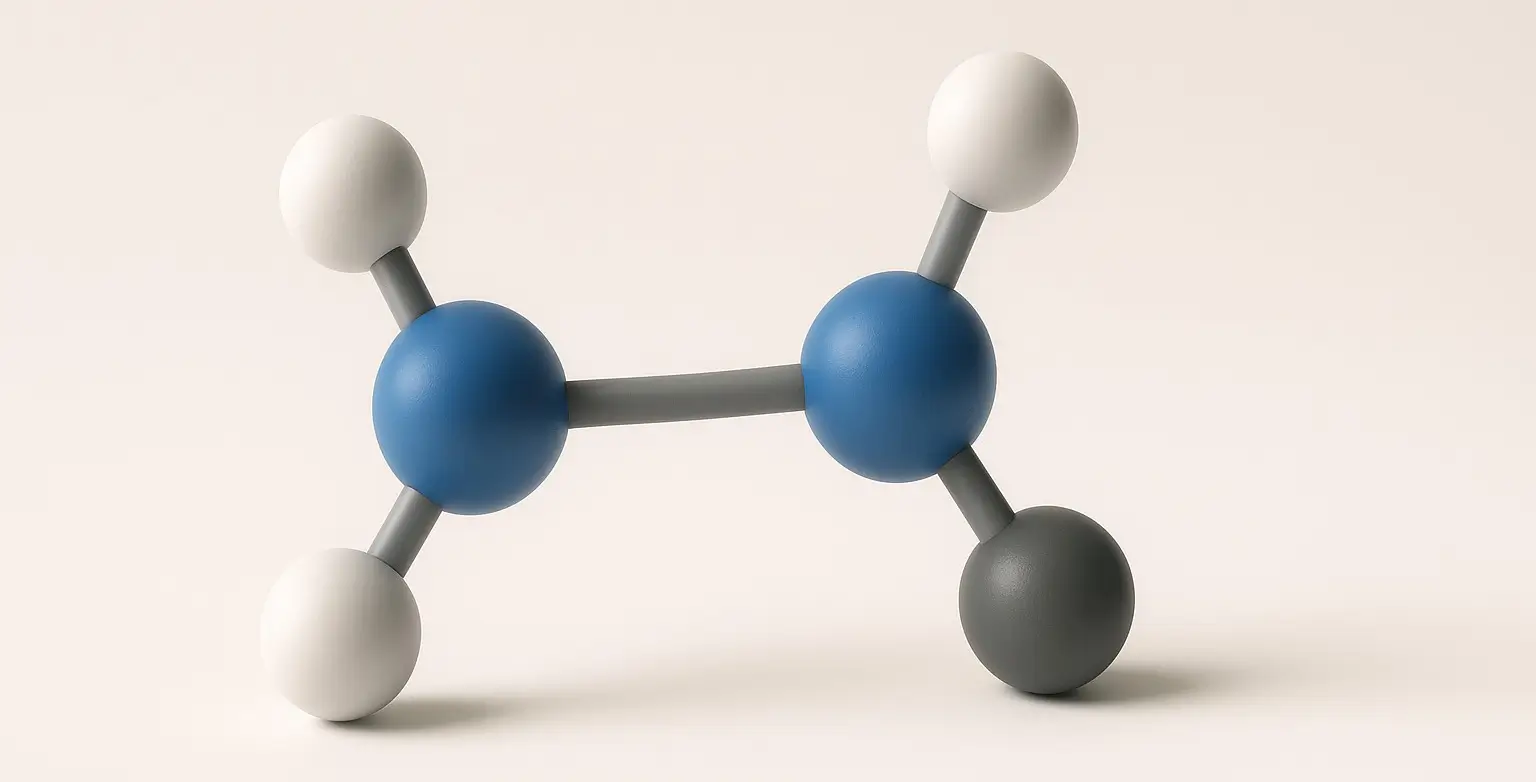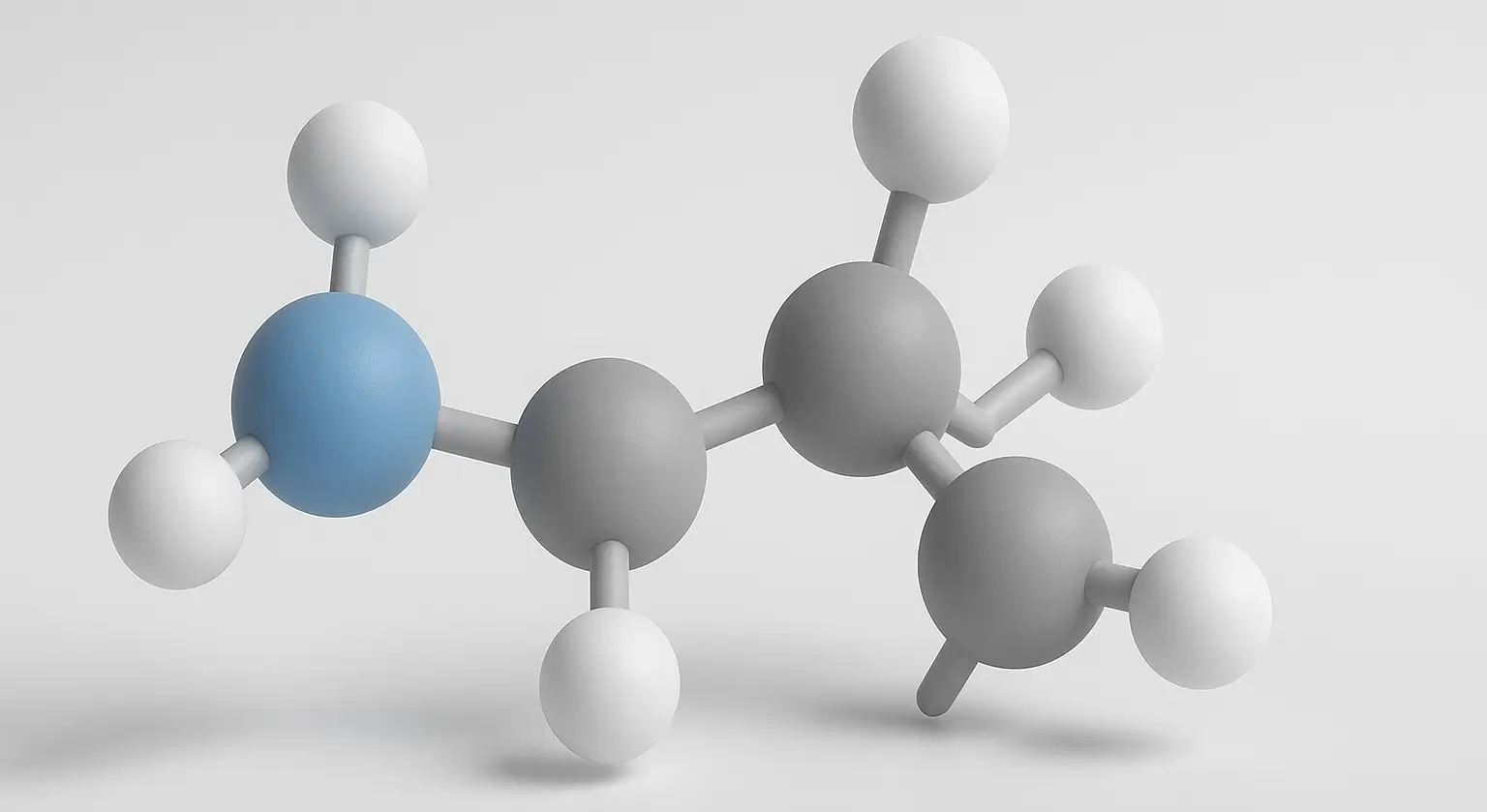Surfactants
Definition of Surfactants Surfactants are compounds that reduce surface and interfacial tensions by concentrating at the interface due to their amphiphilic nature. Classification of Surfactant Anionic Surfactants Charge: Negative in water. Functional Groups: Sulfate, sulfonate, or carboxylate. Example: Sodium lauryl sulfate (SLS) – used in shampoos, toothpaste, detergents. Characteristics: High detergency and foaming; can be … Read more










